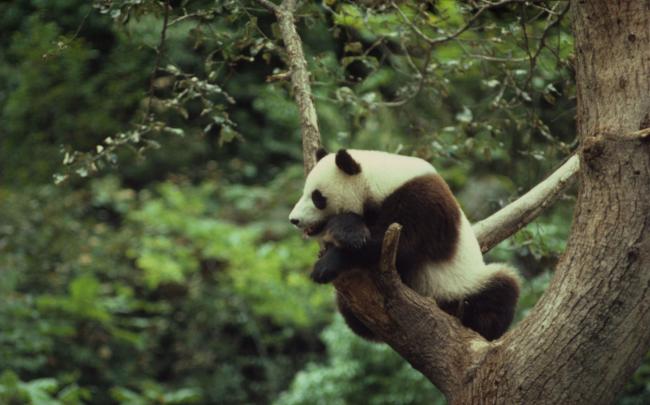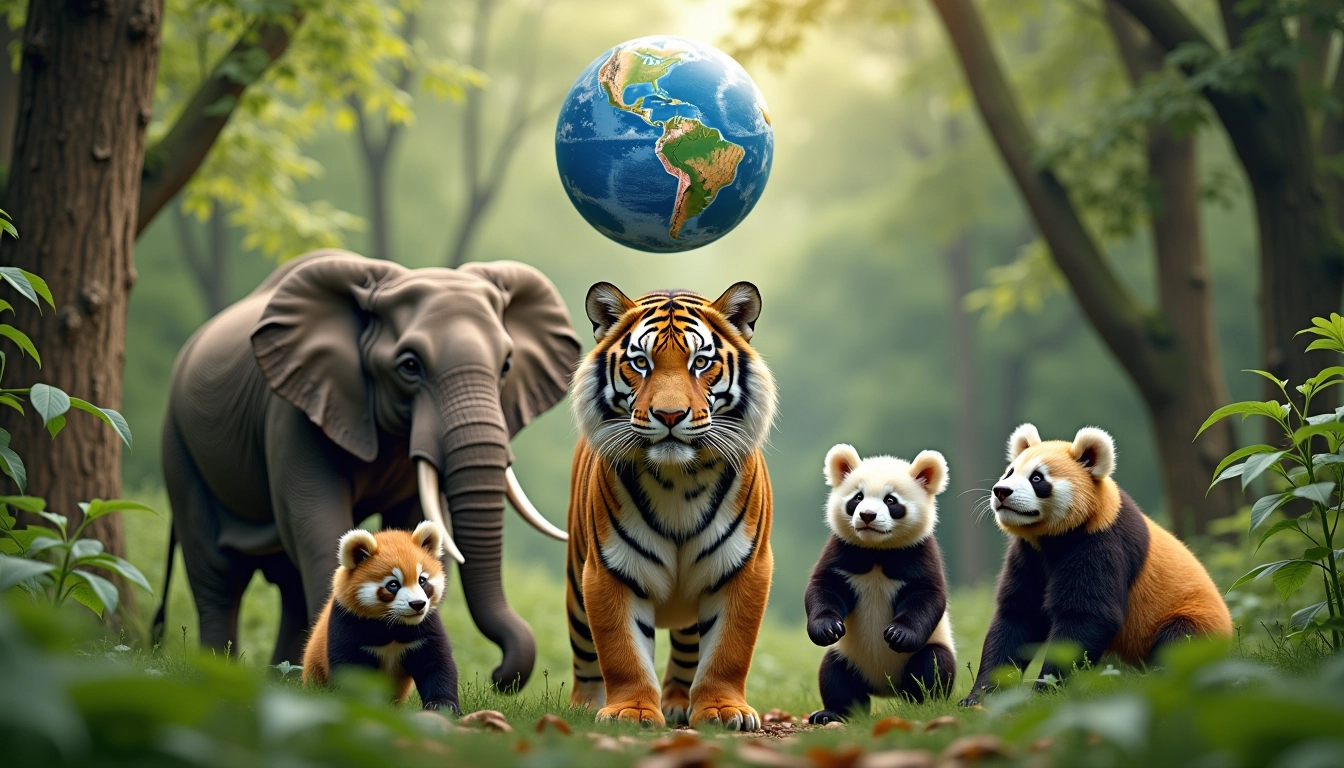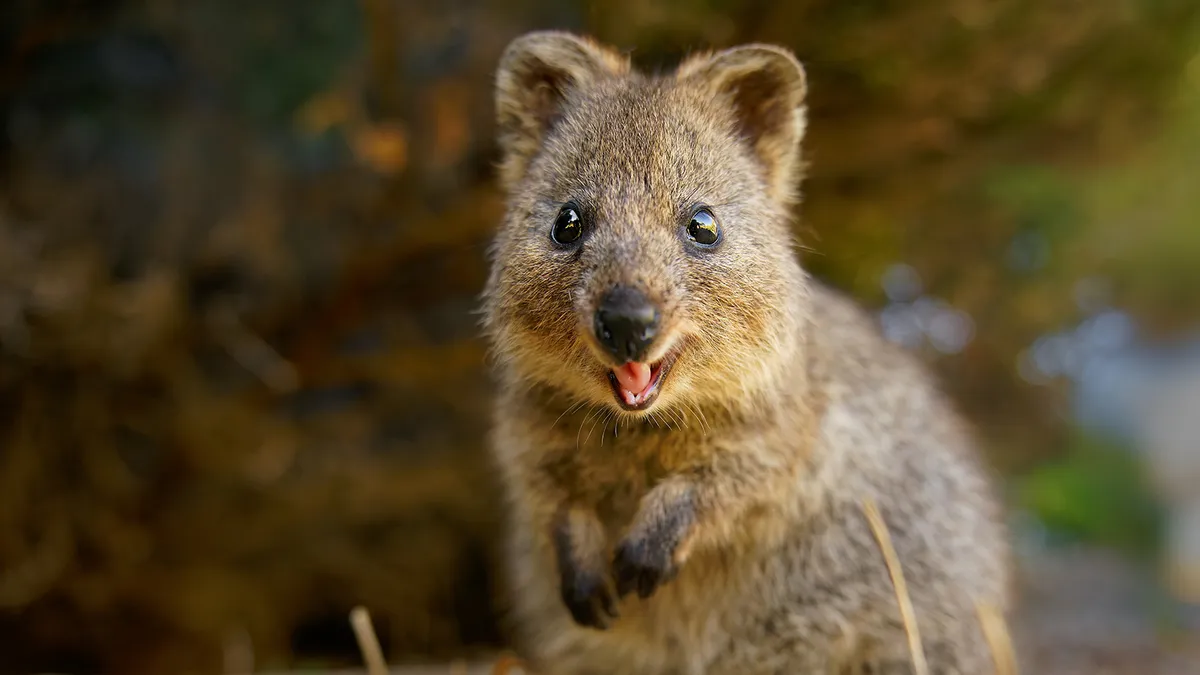The Wonderful World of Animals: Understanding and Protecting Earth’s Wildlife

Animals are an integral part of life on Earth. They inhabit every continent, from the icy poles to tropical rainforests, deserts, oceans, and even urban environments. Animals come in a dazzling array of shapes, sizes, and colors—some are tiny insects that weigh less than a grain of sand, while others, like the blue whale, are the largest creatures to have ever lived.
But animals are more than just beautiful or fascinating. They play vital roles in ecosystems, help maintain environmental balance, and even contribute to human well-being. Understanding animals and their importance is not only essential for biodiversity but also for the future of our planet.
In this article, we’ll explore the diversity of the animal kingdom, the roles animals play in nature, the threats they face, and how we can protect them for future generations.

1. The Diversity of the Animal Kingdom
There are more than 8.7 million known species on Earth, and over 7 million of these are animals. Scientists believe many more remain undiscovered, especially in remote regions and deep oceans.
Animals can be broadly categorized into two groups:
-
Vertebrates: Animals with backbones, such as mammals, birds, reptiles, amphibians, and fish.
-
Invertebrates: Animals without backbones, including insects, arachnids, mollusks, and crustaceans.
Each group includes an incredible diversity of species. For instance:
-
Mammals include elephants, whales, and humans.
-
Birds range from tiny hummingbirds to massive ostriches.
-
Reptiles include snakes, lizards, and crocodiles.
-
Amphibians like frogs and salamanders thrive in water and on land.
-
Insects make up over 80% of all known animal species.
The incredible variety in anatomy, behavior, and habitats makes studying animals endlessly fascinating.
2. The Role of Animals in Ecosystems
Animals don’t exist in isolation—they are crucial components of ecosystems. Each species plays a specific role that contributes to the health and balance of nature.
A. Pollinators
Bees, butterflies, bats, and birds pollinate flowers, helping plants reproduce. This process is essential for the production of fruits, vegetables, and seeds.
B. Decomposers
Insects like beetles and worms help break down dead plants and animals, recycling nutrients back into the soil.
C. Predators and Prey
Predators control the population of prey species, preventing overgrazing and maintaining biodiversity. Wolves, for example, regulate deer populations, which in turn protect forest vegetation.
D. Seed Dispersers
Animals like birds and monkeys eat fruits and spread seeds through their droppings, helping forests regenerate.
E. Aquatic Engineers
Beavers build dams that create wetlands—habitats rich in biodiversity. Similarly, coral reefs built by tiny marine animals support thousands of species.
These interconnected roles demonstrate why the extinction of even one species can disrupt entire ecosystems.

3. The Relationship Between Humans and Animals
Humans have always had a close relationship with animals. Throughout history, animals have provided food, clothing, labor, and companionship.
Domesticated Animals
Dogs, cats, cows, chickens, and horses are examples of animals humans have domesticated for various purposes.
Wildlife and Culture
Lions, eagles, elephants, and other wild animals often appear in national symbols, mythology, and religious stories, reflecting their cultural importance.
Animals in Medicine and Research
Some animal-derived compounds have led to important medical breakthroughs, such as insulin and vaccines.
However, not all human-animal interactions are positive. Exploitation through illegal wildlife trade, poaching, and habitat destruction continues to threaten many species.
4. Endangered Animals and Threats to Wildlife
According to the International Union for Conservation of Nature (IUCN), over 42,000 species are currently threatened with extinction. The major threats include:
A. Habitat Loss
Forests, wetlands, and grasslands are being cleared for agriculture, cities, and industries, leaving animals without homes.
B. Climate Change
Global warming disrupts migration patterns, food availability, and breeding seasons. Polar bears, for instance, are losing sea ice, which is essential for hunting seals.
C. Pollution
Plastic waste, oil spills, and chemicals poison ecosystems. Marine animals like turtles often mistake plastic bags for jellyfish.
D. Overexploitation
Overfishing, hunting, and poaching reduce animal populations. Elephants are killed for ivory, and tigers are hunted for their skins and bones.
E. Invasive Species
Non-native species introduced by humans can outcompete or prey on native wildlife, causing imbalances.

5. Conservation Efforts Around the World
Despite the challenges, there is hope. Many organizations, governments, and individuals are working tirelessly to protect animals.
Protected Areas and National Parks
These provide safe habitats for animals to live and breed without human interference.
Endangered Species Programs
Breeding programs in zoos and sanctuaries help rebuild populations of critically endangered species like pandas and rhinos.
Legislation
Laws like the Endangered Species Act and international treaties like CITES (Convention on International Trade in Endangered Species) help regulate hunting and trade.
Community Involvement
Conservation programs that involve local communities are often the most successful. Education and sustainable alternatives help people and wildlife coexist.
6. Animals and Ethical Responsibility
As sentient beings, animals are capable of experiencing pain, fear, and joy. This raises important ethical questions about how we treat them.
Animal Welfare
Efforts to improve living conditions in farms, labs, and shelters focus on minimizing suffering and promoting humane treatment.
Animal Rights
Some advocates argue that animals have rights similar to humans and should not be used for food, clothing, or experimentation.
The Rise of Plant-Based Diets
Many people are choosing vegetarian or vegan diets to reduce animal exploitation and environmental impact.
Understanding and respecting animals’ needs and rights is a growing global movement.
7. How You Can Help Animals
You don’t need to be a biologist or activist to make a difference. Here are simple ways to help animals:
-
Adopt, Don’t Shop: Give a home to a shelter animal.
-
Avoid Products Made from Endangered Species: Say no to ivory, exotic leather, or turtle shell.
-
Support Conservation Organizations: Donate to or volunteer with groups protecting wildlife.
-
Reduce Plastic Use: Bring your own bags, bottles, and avoid single-use plastics.
-
Go Plant-Based or Reduce Meat Consumption: This reduces demand for factory farming and helps the environment.
-
Educate Others: Spread awareness through social media, school projects, or local events.
Even small actions, when multiplied, can have a powerful impact.
